You may have already watched movies or videos of individuals performing cardiopulmonary resuscitation (CPR) on an individual who is not breathing adequately or who is in cardiac arrest. Coast2Coast believes that everyone must know how to do CPR in case you come across an individual who needs this life saving resuscitation to stay alive. What are the important steps of CPR? Let’s find out!
What Is CPR?
CPR Involves providing a combination of 30 chest compressions and two breaths. The objective is to assist the heart and the lungs in providing oxygen rich blood to organs, especially the brain cells which die quickly if they do not receive oxygen for more than a few minutes. With each breath, the rescuer can provide up to 16% oxygen to the individual which is the oxygen content in the exhale of the rescue. Alternatively, if additional equipment is present, such as a bag valve mask or oxygen tank, the concentration of oxygen provided can be increased.
CPR acts as an intermediary intervention in order to keep the vital cells alive while waiting for paramedics or firefighters to arrive at the scene. There are many steps of CPR that one must follow to help a victim suffering from a cardiac related issue. It’s important for us to understand these steps to ensure the best possible outcome.
How to Organize if Someone Needs CPR?
Generally speaking, the individual who needs CPR is experiencing a cardiac arrest or a related cardiac issue. The signs and symptoms mainly include:
- The person suddenly collapses
- The person is unresponsive and does not breathe
Remember that in some cases, the individual may appear to be breathing, meaning that you may observe movement of the mouth as if they are breathing, however, the individual’s chest does not appear to move. This is agonal respiration and should not be mistaken with regular breathing. This may be caught by following the important steps of CPR.
7 Steps of CPR
Breaking down CPR skills into various steps help our students learn and understand this life saving skill easier and makes it highly memorable. Here are the steps of CPR:
Check ABCs
One of the very first steps of CPR (which is absolutely critical) is to check the person’s ABCs before starting. After all, you do not want to start CPR on anyone who appears to be unresponsive; CPR, while life saving, should never be attempted on an individual who does not need it. Checking ABCs (Airway, Breathing, Circulation) is a simple and quick step that must take place prior to CPR.
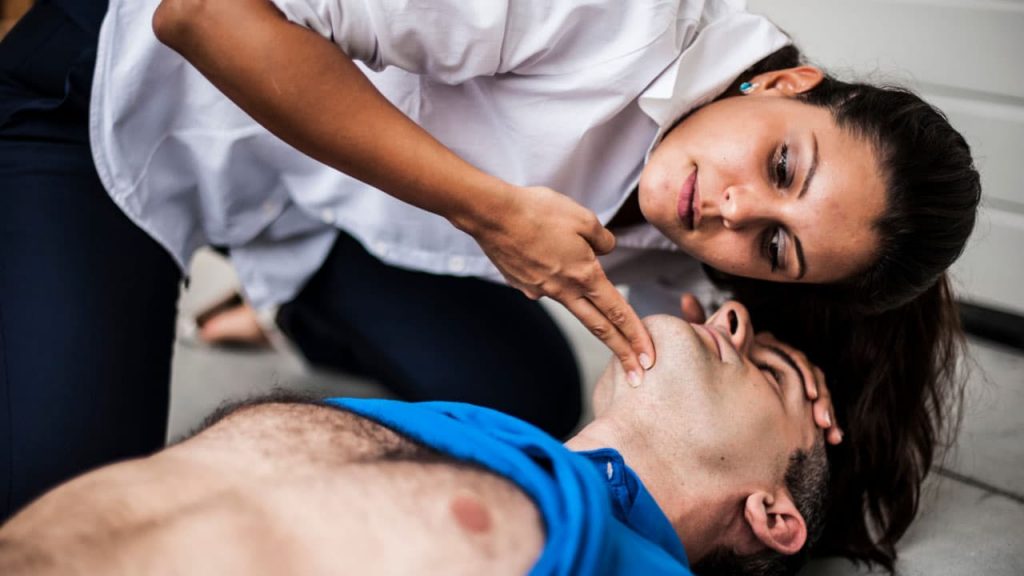
In order to check ABCs, simply kneel beside the individual, open their airway by placing two fingers under the chin and one hand over their forehead and tilt their head back (also known as head-tilt/chin-lift). A good rule of thumb is to tilt back until the chin becomes the highest point in their face.
Once the Airway is opened, listen, look, and feel for the indications of breathing for no more than five to ten seconds. Proceed to step two only if there are no signs and indications of breathing.
Save Lives with CPR Training at Coast2Coast!
Join our hands-on CPR training course and gain the skills to make a real difference in emergencies. Whether you’re a beginner or looking to refresh your knowledge, our expert instructors will guide you through essential techniques.
Hand Position
Ensure that the individual is on his/her back and on a firm surface (CPR cannot be performed on a bed – if that is the case, place a hard board under the individual or move them on the ground). The next objective is to locate the sternum (center of the chest) of the individual. To do so, place your hand under the armpit of the individual and slide your hands toward the center of the chest. Once the heels of your hands reach the center of the chest, stop. You have found the sternum and are ready for CPR.
Interlocking
By now you have located the sternum using one hand. Place your second hand on the other and interlock your fingers; keep your arms straight and get prepared to deliver the chest compressions.
Start Compressions
With your back and arms straight, push down on the chest a minimum of 2 inches (5 cm). Push hard, push fast. The chest compression rate should be between 100 and 120 beats per minute. Avoid excessive depths greater than 2.5 inches (6 cm). The chances of injury to the person increases if the depth of compression is higher than 2.5 inches, but the injury tends to be non-life threatening. Focus your attention to push deeply and steadily more than the exact depth of the compressions.
Open the Airway
Open the airway of the individual much like when you were checking for ABCs using head-tilt/chin-lift.
Provide Rescue Breaths
Provide the rescue breaths to the individual in order to provide them with oxygen. Ensure you have barrier devices in order to protect yourself and the individual from the spread of disease. You may use a pocket mask with a one-way valve to provide the rescue breaths. The breaths should be enough so you can see a visible chest rise in the individual. Attempt two rescue breaths.
Repeat Compressions and Rescue Breaths
Repeat the cycle of 30 compression and 2 breaths until one of the following conditions happen:
- The person regains responsiveness and starts breathing
- EMS/911 or advanced care arrives
- Scene becomes dangerous
- You are too tired to keep administering CPR
- Someone with an AED (Automatic External Defibrillator) arrives
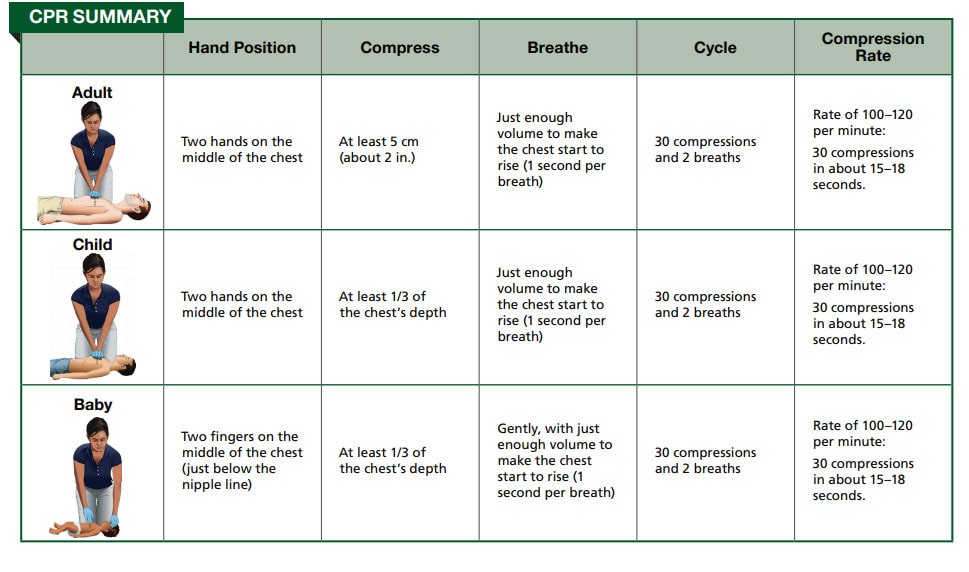 CPR Summary. Source: Canadian Red Cross Society; Comprehensive Guidelines
CPR Summary. Source: Canadian Red Cross Society; Comprehensive Guidelines
Why CPR Training is Important
Learning CPR is an important skill that everyone must learn. Remember that the Emergency Medical Service (EMS) takes an average of 8-10 minutes to arrive at a critical call. Performing CPR on the individual who is suffering from cardiac arrest will provide them with a fighting chance until EMS personnel arrive at the scene of emergency.
CPR training is one of the main topics during all of our training courses at Coast2Coast First Aid and Aquatics, a Canadian Red Cross training partner. These important steps of CPR are covered in more depth in all of our courses and focus not only on adult CPR, but also child and infant CPR depending on the training level you choose. You may choose to enroll in any of the following courses and learn CPR skills:
- CPR/AED level A/C
- Basic Life Support
- Emergency or Standard First Aid and CPR
- First Responder or Emergency Medical Responder
To register, simply click on the link below, choose the location closest to you, choose the date for your training and you are set to learn one of the highest life saving skills anyone could ever have.
Join Us for CPR Training at a Location Near You!
Ready to make a difference? Register for our CPR training course at one of our 24 locations! Get hands-on experience and learn life-saving skills from our expert instructors.




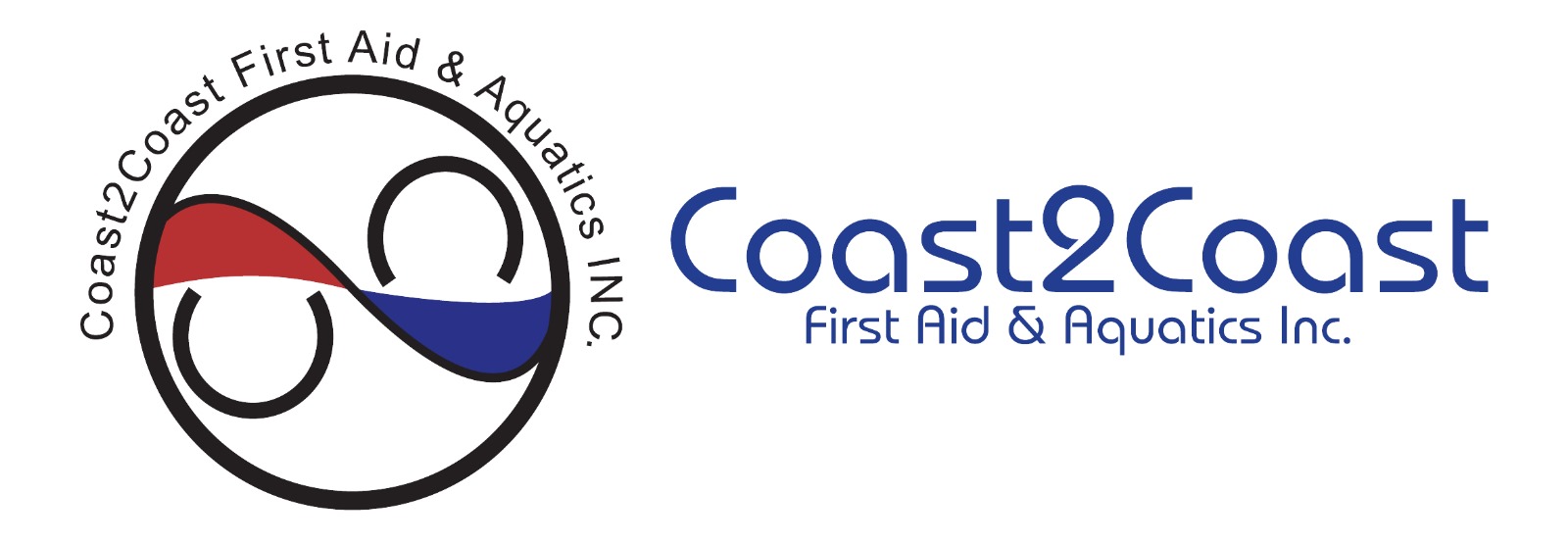

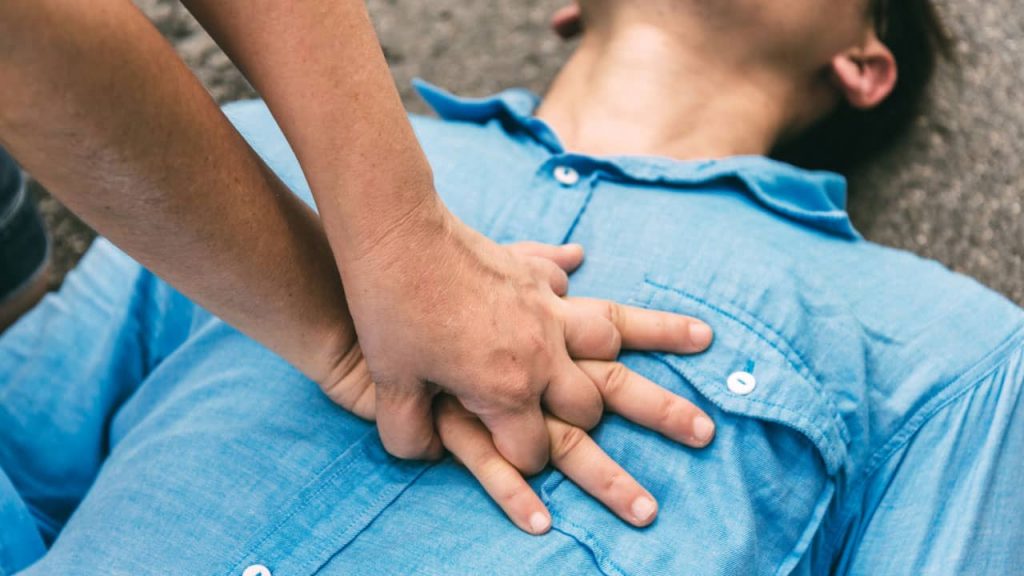

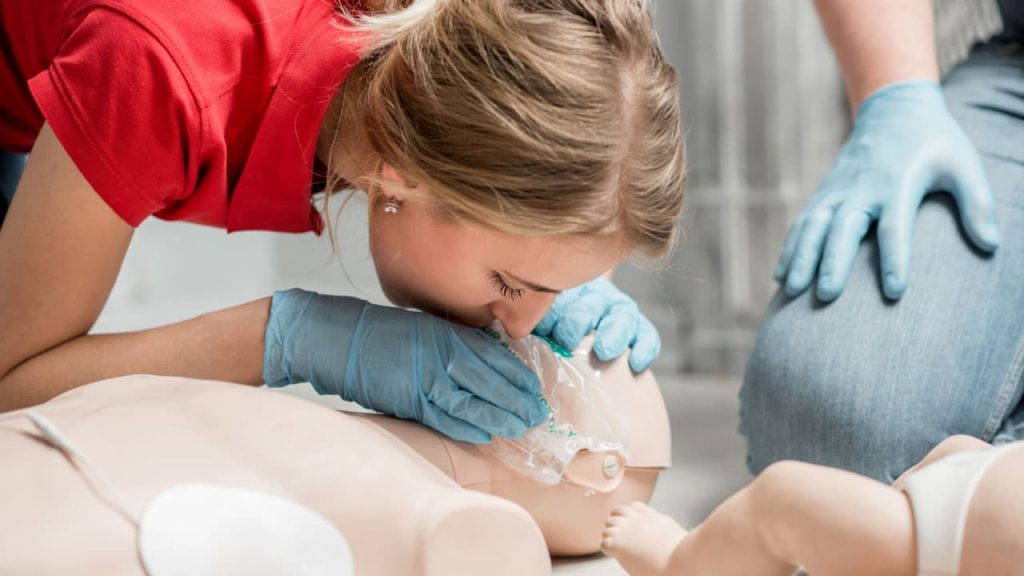







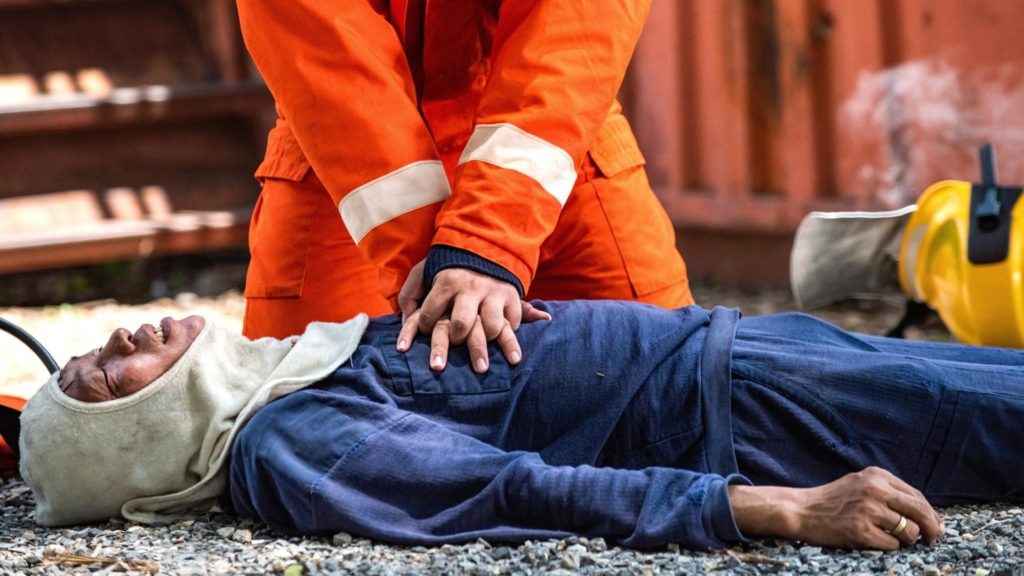
No comment yet, add your voice below!